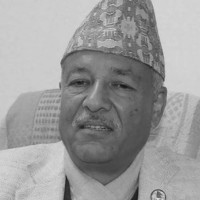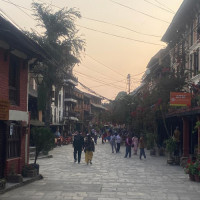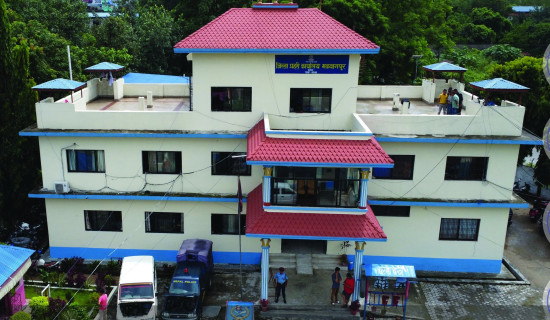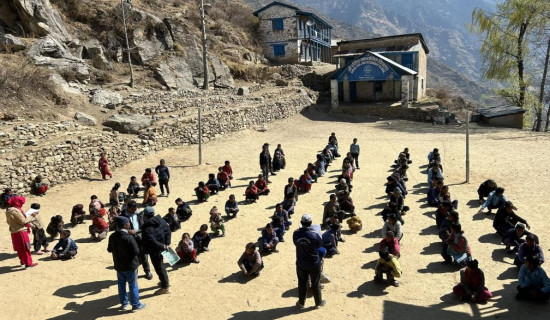- Tuesday, 1 April 2025
Kullekot to be preserved as conservation park
By Gokarna Dayal,Baitadi, Mar. 30: The ruins of Kullekot Durbar in Baitadi, once a historic site symbolising social justice, are set to be excavated and transformed into a conservation park. Kullekot Cultural Society has been registered at the District Administration Office to support this effort.
Located on a high hill near Dewalhat in Dasharathchanda Municipality-4, Kullekot Durbar is believed to have been built in the 12th century. According to locals, Rudravir Shah ruled the area from this fort between 1630 and 1650 BS.
Rudravir was the 20th king in the region, followed by Rana Dev, who governed Baitadi Garkha, ensuring justice and fairness. After Rana Dev’s death, Gargadev continued the fort's legacy.
Today, Kullekot lies in ruins, with scattered statues and stone inscriptions still visible. Nearby stands Panchdewal, a historical structure that has been preserved, unlike Kullekot, which lacked proper conservation. Inspired by social activist Dan Bahadur Chand, efforts to protect the site have now gained momentum, according to Karan Chand.
Under Dan Bahadur Chand’s leadership, an 11-member ad-hoc committee has been formed. “Since the land on which the fort stands is registered under three individual’s names, steps are being taken to transfer ownership to the Kullekot Cultural Society,” Karan said. Landowners Lalit Bahadur Chand, Karan Chand (Haat) and Gyan Bahadur Chand have agreed to this transfer.
Historically, it was customary to build temple-like structures to hide weapons and Baitadi’s Panchdewal is believed to have once served this purpose. Although Panchdewal is now worshipped as a temple, it originally functioned as a royal store since temples were considered safe from attacks, Bir Bahadur Chand, 84, informed.
About a decade ago, during the renovation of Panchdewal by the Department of Archaeology, shields, swords and khukuris were discovered, confirming its use as a weapons storage site. A stone inscription found at Panchdewal bearing the words “Gargadev Putrasya” further supports this claim.
Nearby, in Gwalek, stands the ‘Dhajya Dhunga,’ an important rock historically used to signal attacks on villages. In earlier times, locals would shout warnings from this rock to alert Kullekot Durbar of impending danger.
Today, Dhajya Dhunga is revered as a symbol of justice and is still worshipped in the area. The plan to conserve Kullekot's historic artefacts, inscriptions and archaeological statues has brought joy to the local community.

.jpg)














